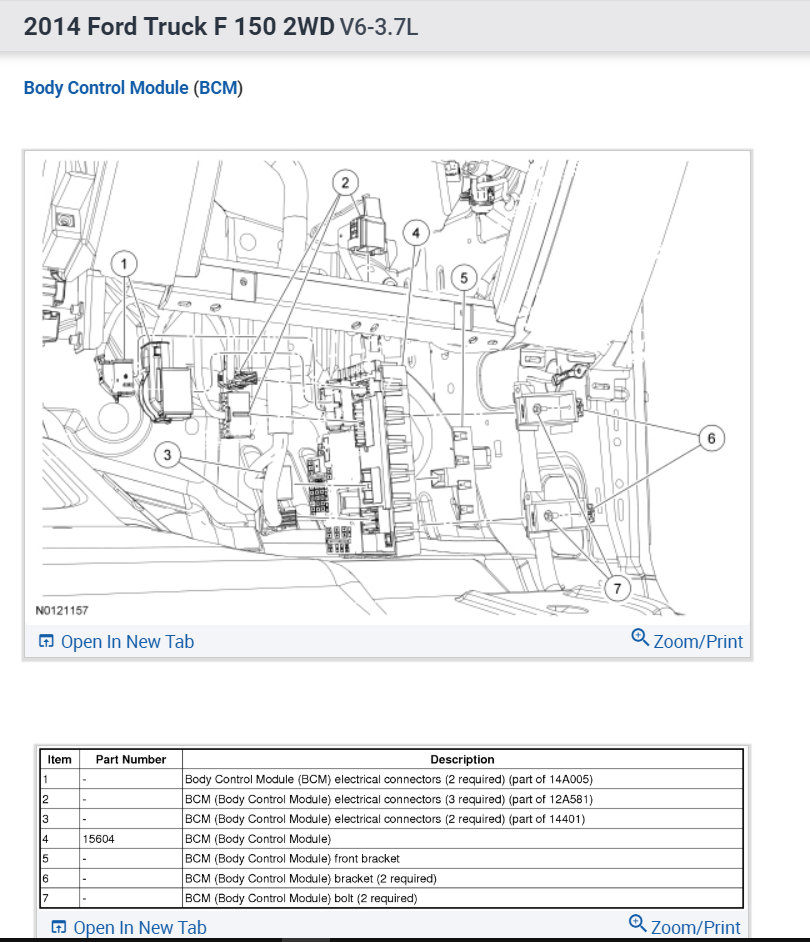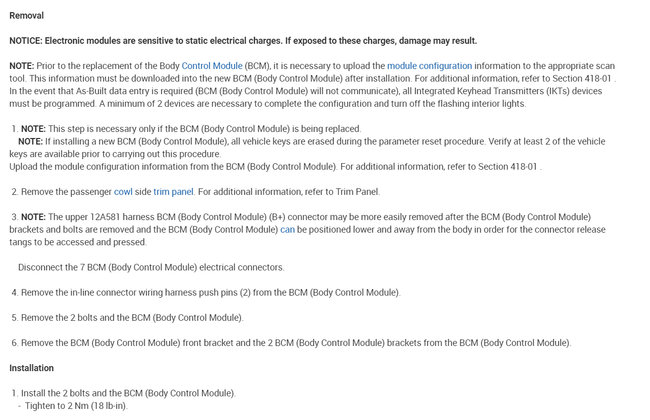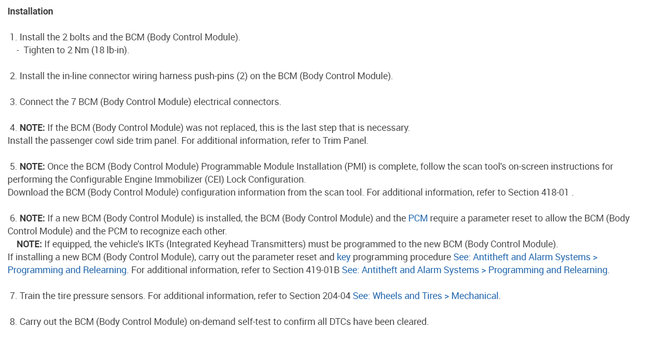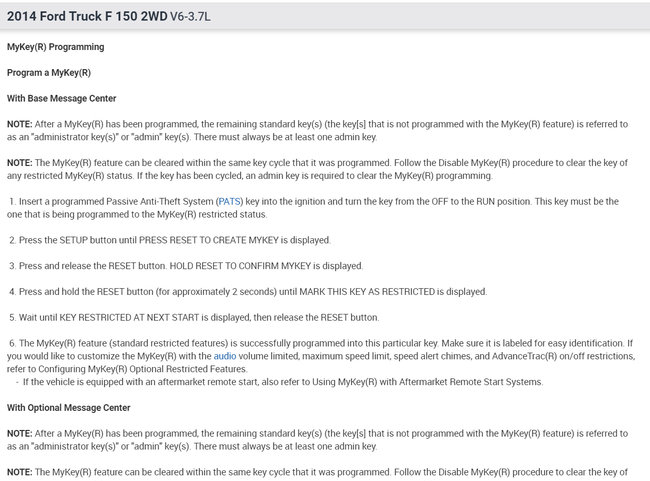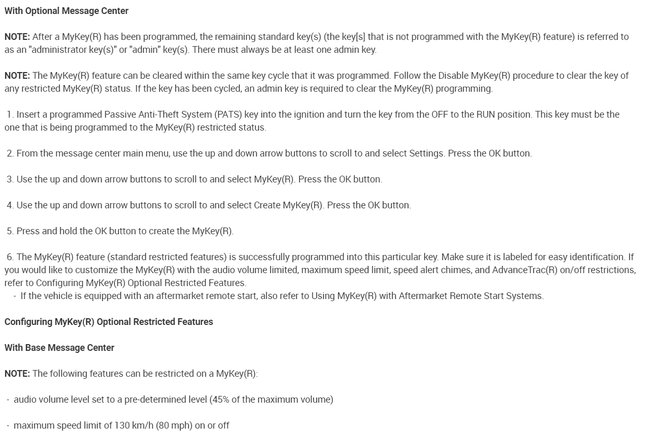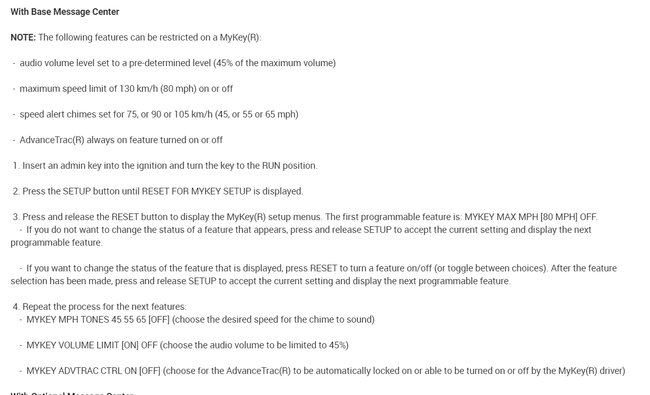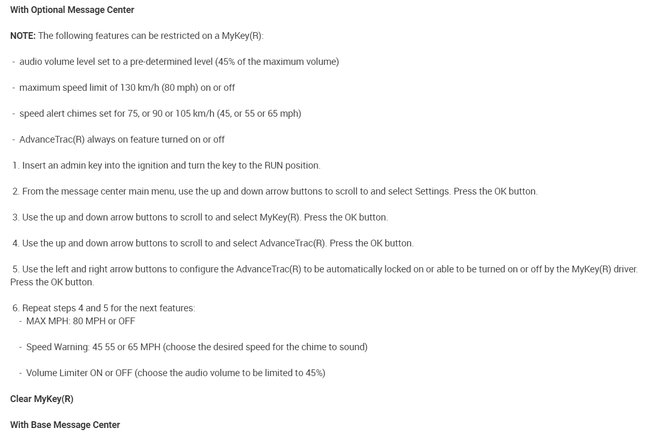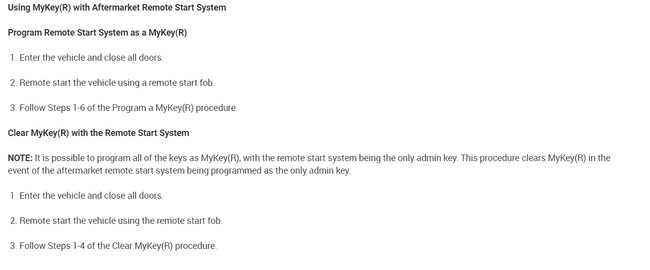Yours has a BCM but cannot pull it from Mit1 no location of it-sorry
Get educated How the Body Control Module works
A body control module is a computer component in an automobile that checks, regulates and operates electronic devices throughout the car. When electric devices first began being used in cars and trucks, each device had a separate electric component to govern it. There was a module for the air conditioning, a module for the interior lighting, a module for the door locks and so forth. A body control module gathers all these separate modules under one system so that they function together instead of separately, a format easier to both manufacture and troubleshoot.
While there are many different types of body control modules, they are generally alike, connecting sensors, switches and automatic reactions together in one computer system. These components are divided into inputs, such as sensor data about heat or speed, and outputs, or ways in which the body control module computer responds to control the vehicle's electronic functions. Inputs and outputs are further divided into analog and digital types of information, analog signals being used with modules that may change continuously (such as oil pressure) and digital signals being used for modules that can simply be on or off (like the headlights or the oil indication light).
Inputs and Outputs
Input components are divided into electric parts, such as the potentiometer, the variable resistor, the magnetic pickup and the the voltage generator. A potentiometer is designed to change a voltage output to the computer, so that when a fuel setting or gas pedal position is changed the voltage will change, and the computer will be able to read the new voltage and respond accordingly. The variable resistor works in a similar fashion, but senses changes in temperature for reading engine coolant conditions and other data. The magnetic pickup reads the speed of a rotating object via a simple magnet attached to the object, and a voltage generator sends out a voltage signal based on the presence of compounds like oxygen so the computer can tell the oxygen-rich levels of a pipe or space.
Output devices consist of relays, solenoids, servomotors, switching transistors and others. Relays can turn other devices on and off by connecting or disrupting a circuit to turn on a fan or automatic air conditioning unit. Solenoids are analog components that use magnetic forces to move objects, such as fuel injectors. A servometer is a mini-motor also used to move objects, usually to turn things, while a switching transistor is the digital version of a relay. Other output devices are very simple, such as LED lights, or very complex, such as a night-vision view of the road.
Computer Tasks
The body control module computer itself performs many of the functions of a normal computer, including storing data, using RAM, and sending or receiving radio waves. It is the computer's job to regulate many of the systems and troubleshoot all of its component modules. Some modules are set by timer, which the the computer digitally keeps track of, while other modules like the anti-theft alarm need to be kept active even when the car is turned off. The body control module computer can also be in charge of keeping track of mileage and CO2 output.
When troubleshooting, a mechanic can often get pointed to the right area by the body control module system, which sends out a code that shows what module is not responding. At times the body control module computer can even diagnose itself and report specific problems.
Wednesday, January 8th, 2020 AT 1:39 PM
(Merged)
